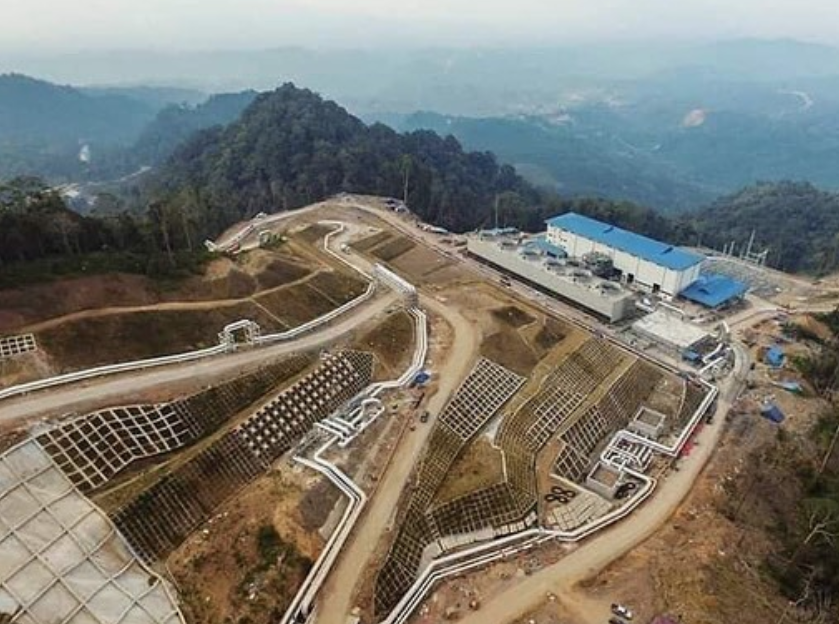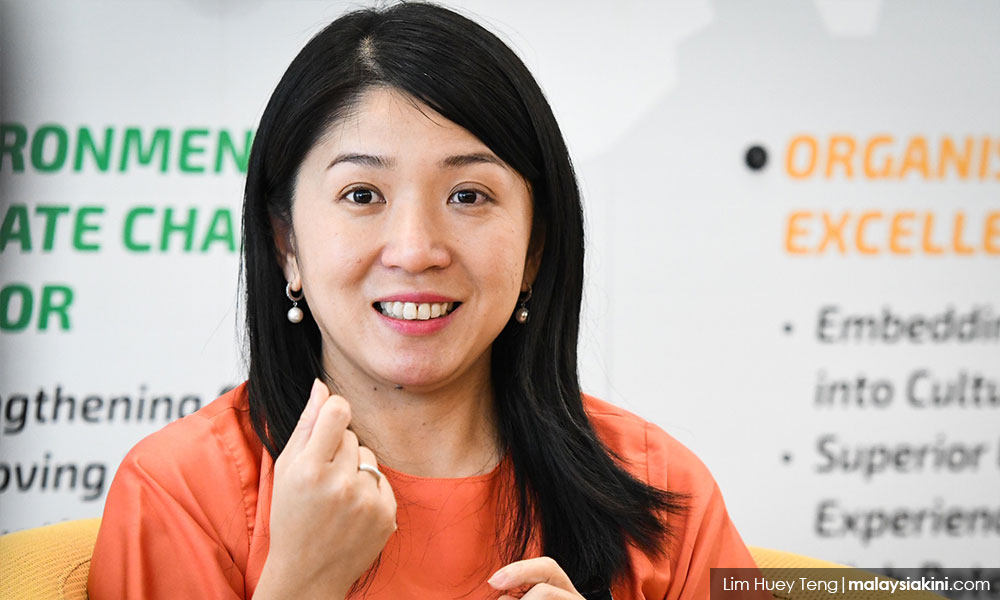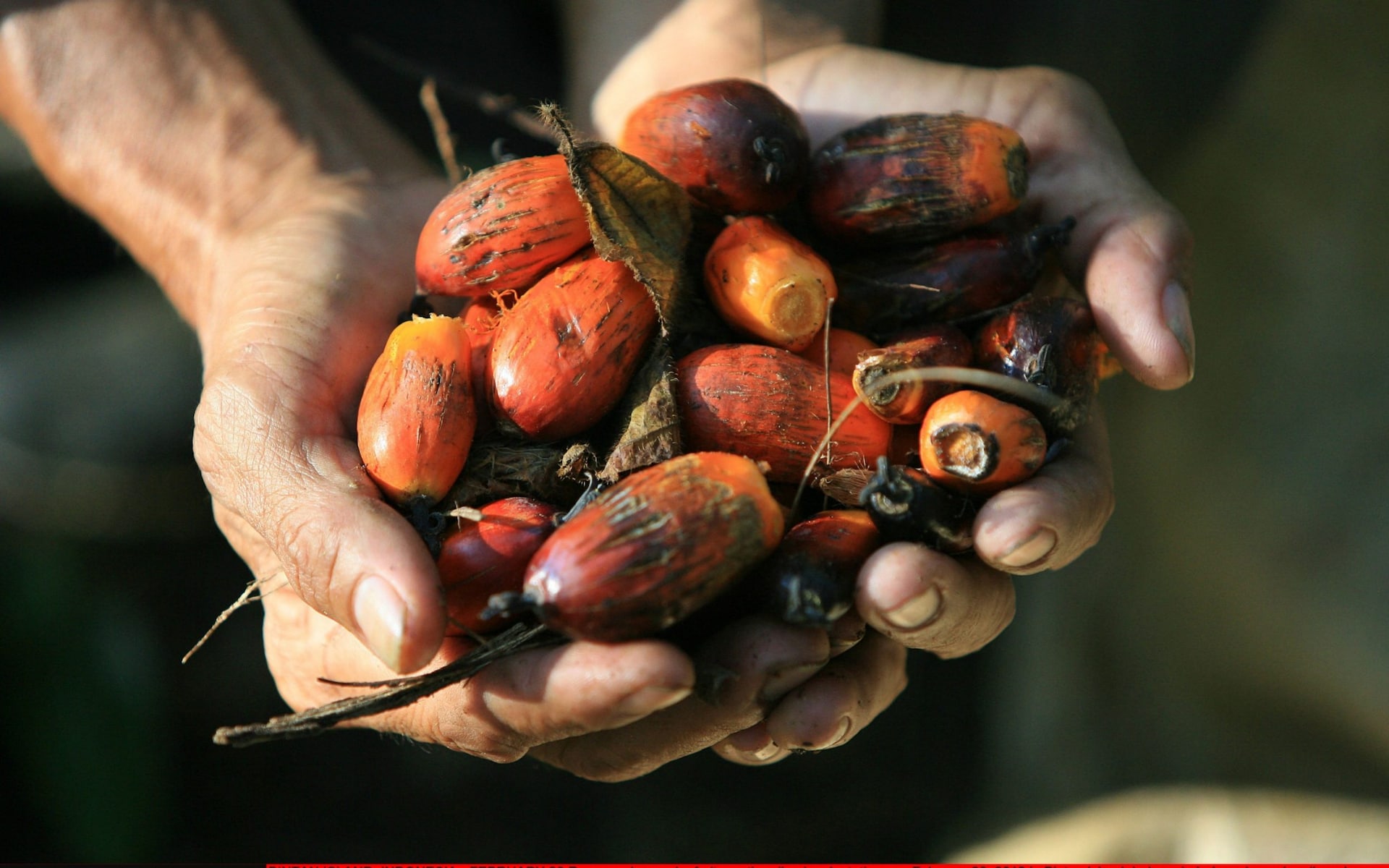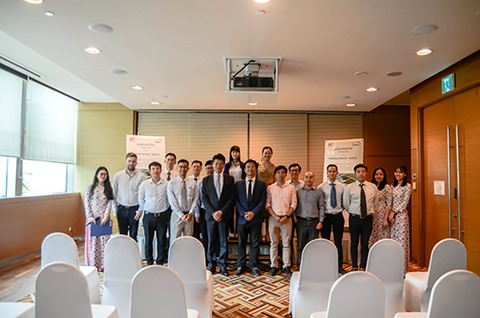- Others
–
- Thailand
Thailand and the Netherlands have signed a declaration of intent to enhance cooperation on sustainability and climate change.
According to the Embassy of the Netherlands in Thailand, 15 organisations from the two countries — including Siam Cement Group, Charoen Pokphand Group, ThaiBev, and KLM Royal Dutch Airlines — inked the deal at the Dutch-Thai Sustainability Conference yesterday.
The pact urges signatories to commit to using renewable materials in place of plastic and develop new measures to increase the sustainability of packaged products — including the removal of plastic wrappers from bottled-water tops, the introduction of more plastic-free days among retailers, and the promotion of recycling.
The Ambassador of the Netherlands for Thailand, Kees Rade, said that deeper collaboration to improve sustainability is needed because of the increasing impact of climate change across the globe.
“Average temperatures are expected to rise by 3.5 degrees Celsius by 2100,” he said.
“The four-kilometre thick ice sheets will melt much faster if current trends are allowed to continue, causing sea levels to rise by up to 60 metres — which does not only threaten human lives, but general biodiversity.”
Mr Rade said the pact will allow the two countries to share knowledge and insights to implement practices to improve sustainability.
“The Netherlands wants to become a leader in the European Union when it comes to climate change, but our usage of renewable energy sources remain low,” he said. “Thailand has seen many success in terms of sustainability, and together, we can learn a lot from each other.”
Jan Peter Balkenende, the former prime minister of the Netherlands, also urged stakeholders to incorporate sustainability into their business models for the sake of future generations.
“We should redefine our goals and agree on shared values for the benefit of our planet,” said Mr Balkenende.
“If we don’t act fast, it will cost lives. Even Shell — which is known for its petrol exploration business — has already begun to shift their attention to to renewable energy,” he said.
Meanwhile, Suriya Chindawongse, director-general of the Department of Asean Affairs, said the deal shows Thailand’s commitment to the issue of climate change.











